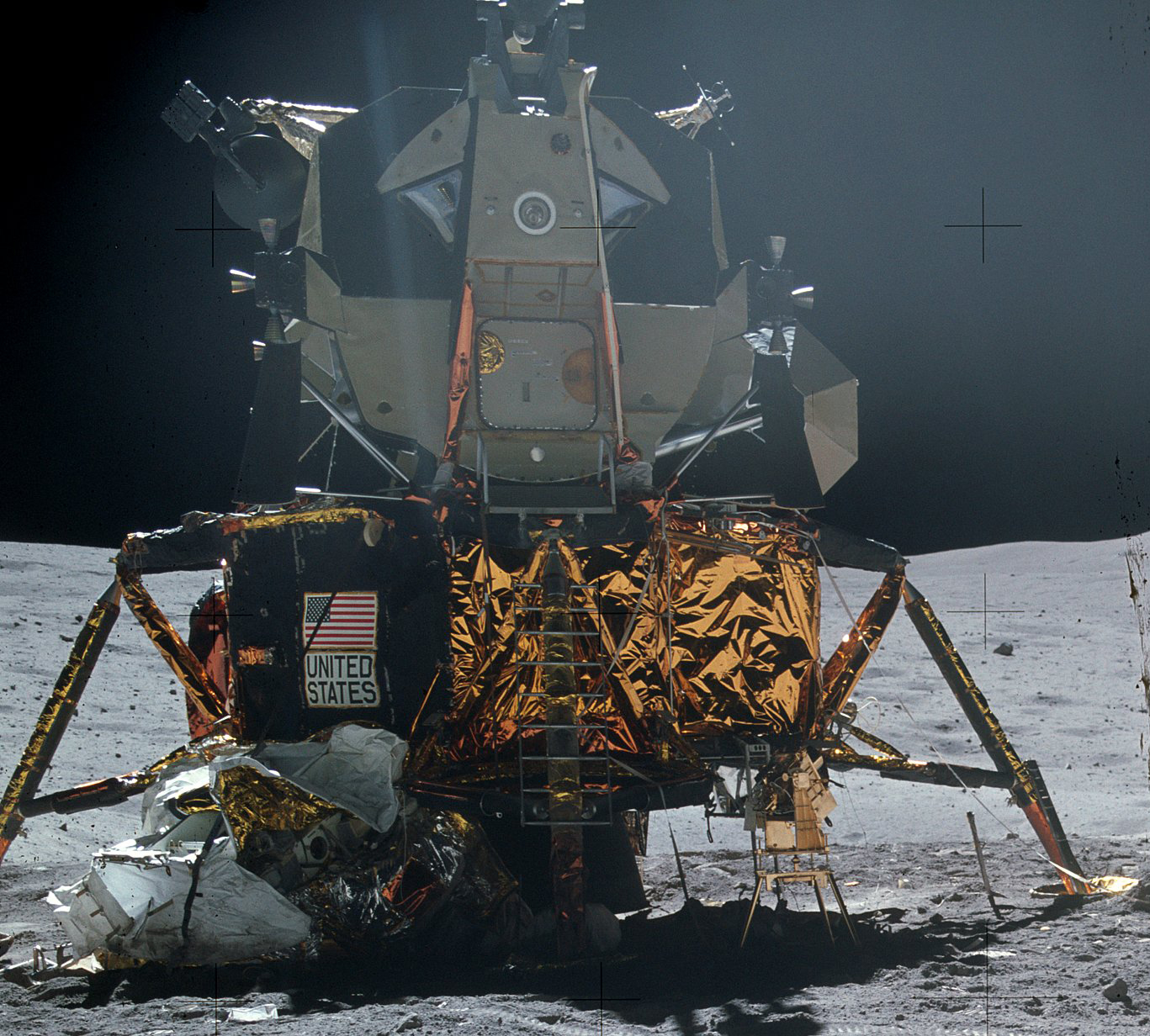
Apollo Lunar Module
In-active Human Rated Lander Crew Capacity: 2 Diameter: 4.22 m Height: 7.04 m()
Jan. 22, 1968
Landing on the Moon, Rendezvous in lunar orbit
Description
The Apollo Lunar Module was the lunar lander spacecraft that was flown between lunar orbit and the Moon's surface during the United States' Apollo program. It was the first crewed spacecraft to operate exclusively in the airless vacuum of space, and was the first crewed vehicle to land anywhere beyond Earth.
History
First flown in 1969, the LM achieved its historic moment on July 20th, 1969, when the "Eagle" landed on the Moon, carrying the first humans to walk on its surface.
Long March 8A
SatNet LEO Group 14
Commercial LC-1 - Wenchang Space Launch Site, People's Republic of ChinaA batch of 9 Low Earth Orbit communication satellites for the Chinese state owned SatNet constellation operated by the China Satellite Network Group.…
Kuaizhou-1A
Traffic VDES A & B
Launch Area 95A - Jiuquan Satellite Launch Center, People's Republic of ChinaTwo technology demonstration satellites for satellite transmissions of signals for the VHF Data Exchange System (VDES), a successor to the current Au…
Falcon 9
Starlink Group 11-25
Space Launch Complex 4E - Vandenberg SFB, CA, USAA batch of 28 satellites for the Starlink mega-constellation - SpaceX's project for space-based Internet communication system.
Zhuque-3
Demo Flight
Launch Area 96B - Jiuquan Satellite Launch Center, People's Republic of ChinaFirst test launch of LandSpace’s ZQ-3 rocket, with a dummy payload. The rocket’s 1st stage will attempt to land on a landing pad about 300 km downran…
Falcon 9
Starlink Group 6-95
Space Launch Complex 40 - Cape Canaveral SFS, FL, USAA batch of 29 satellites for the Starlink mega-constellation - SpaceX's project for space-based Internet communication system.
Falcon 9
Starlink Group 15-10
Space Launch Complex 4E - Vandenberg SFB, CA, USAA batch of 27 satellites for the Starlink mega-constellation - SpaceX's project for space-based Internet communication system.
Vega-C
KOMPSAT-7
Ariane Launch Area 1 (ELV) - Guiana Space Centre, French GuianaKOMPSAT-7 is the follow-up model of KOMPSAT-3A whose mission is to provide high-resolution satellite images to satisfy South-Korea's governmental and…
Falcon 9
Starlink Group 6-86
Launch Complex 39A - Kennedy Space Center, FL, USAA batch of 29 satellites for the Starlink mega-constellation - SpaceX's project for space-based Internet communication system.
Long March 7A
Shijian 28
201 - Wenchang Space Launch Site, People's Republic of ChinaClassified experimental Chinese satellite of unknown purposes.
Falcon 9
Transporter 15 (Dedicated SSO Rideshare)
Space Launch Complex 4E - Vandenberg SFB, CA, USADedicated rideshare flight to a sun-synchronous orbit with dozens of small microsatellites and nanosatellites for commercial and government customers.

